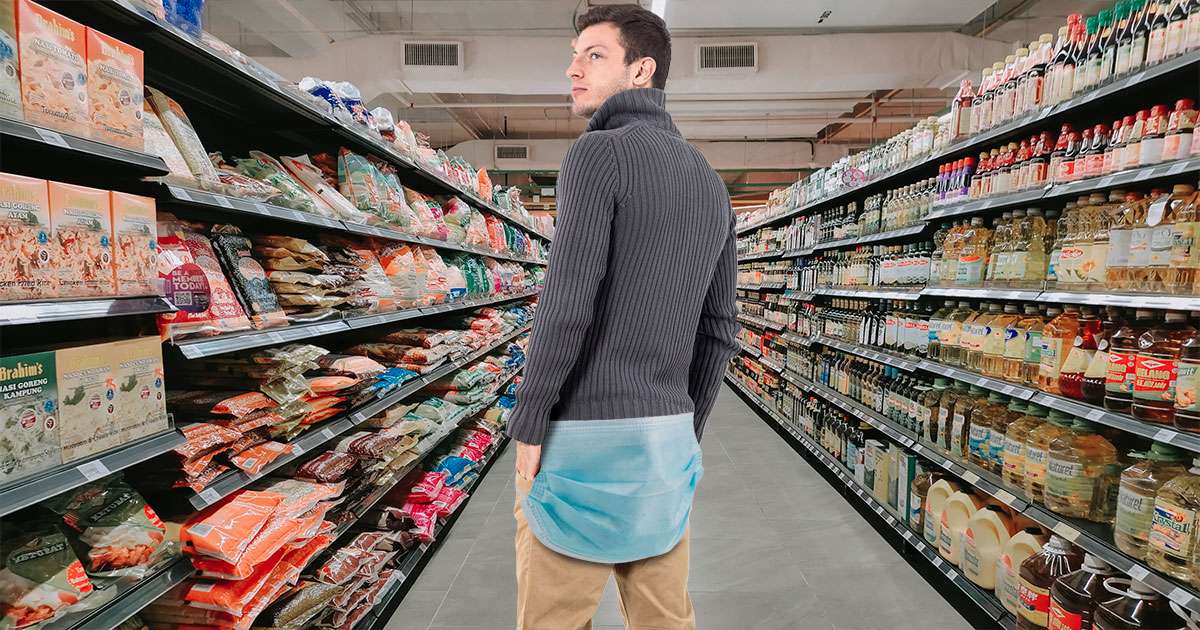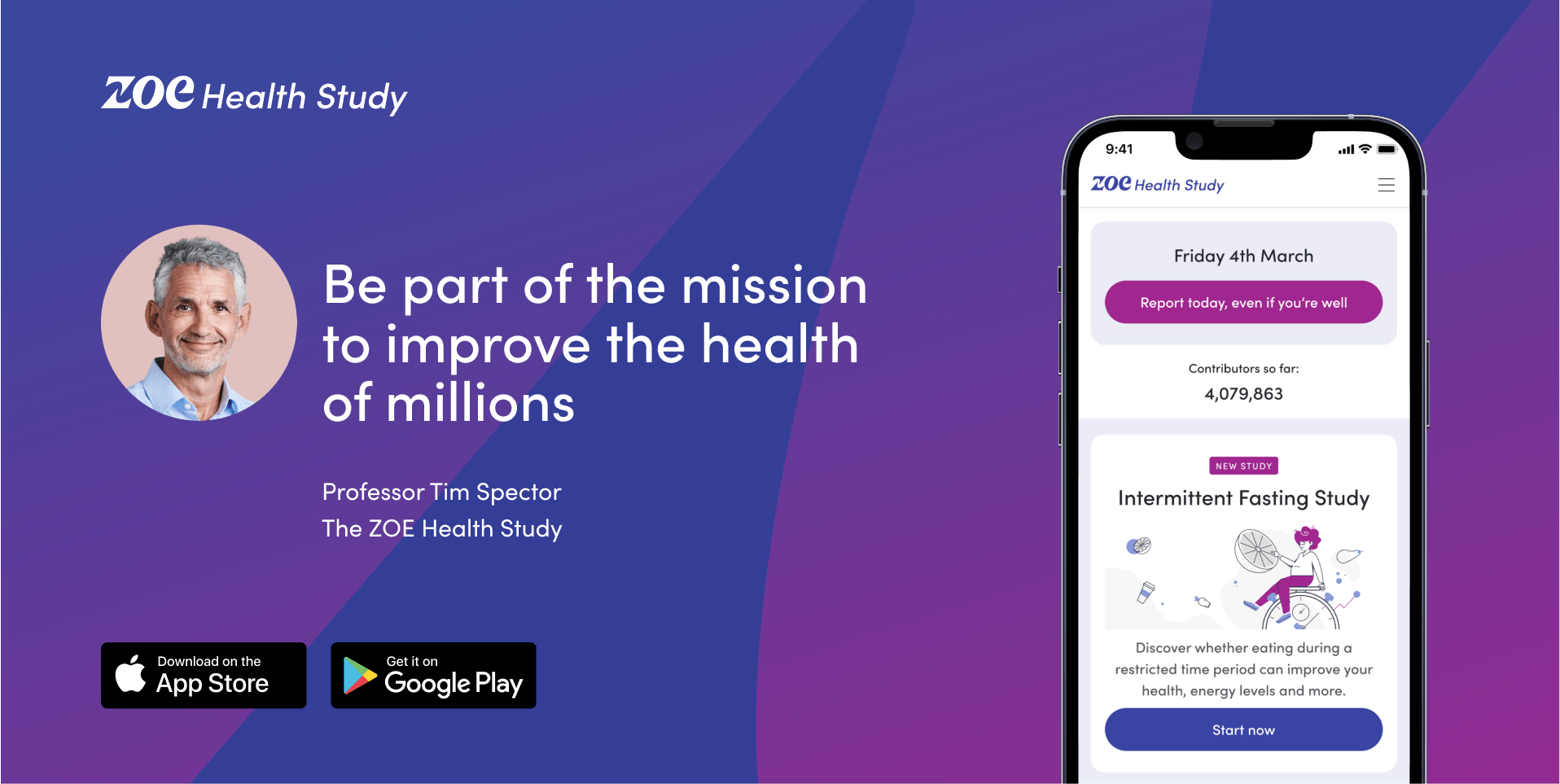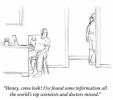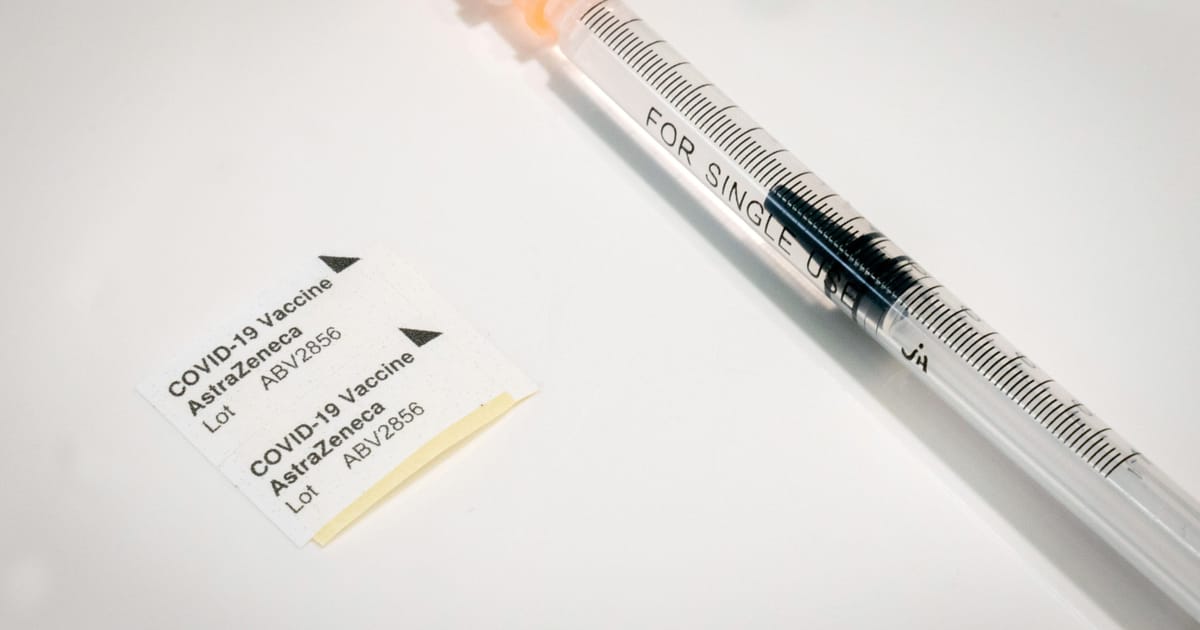I'm not saying I don't trust it, but the "official" data - that reported on the news everyday - is just one way of looking at what is happing, with its own set of definitions for Covid new cases, hospitalisations and deaths, and means of data collection.
When you look beyond the official data, you do not immediately descend into the world of anecdote and cranks. There are other groups of respectable researchers who have their own methodologies for analysing data, with the aim of understanding trends and their causes.
The team behind the Covid Zoe app is one example. Their reports are made available to Sage, and thus are considered when advising Government. They can also be accessed by anyone else through the app, and maybe other ways.
I'm not sure how the Zoe data might impact on recent discussions here, as frankly I am not so interested in that level of detail, but I am aware that it does sometimes throw a different light on what is happening.





